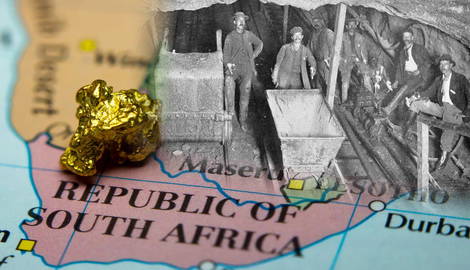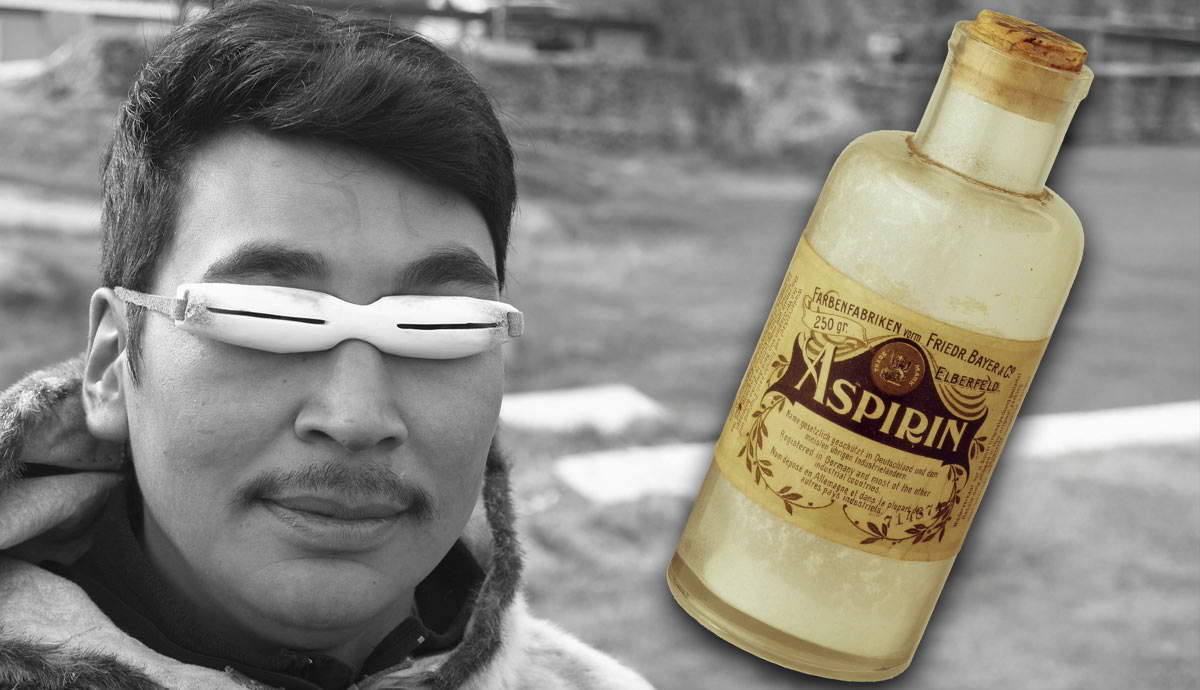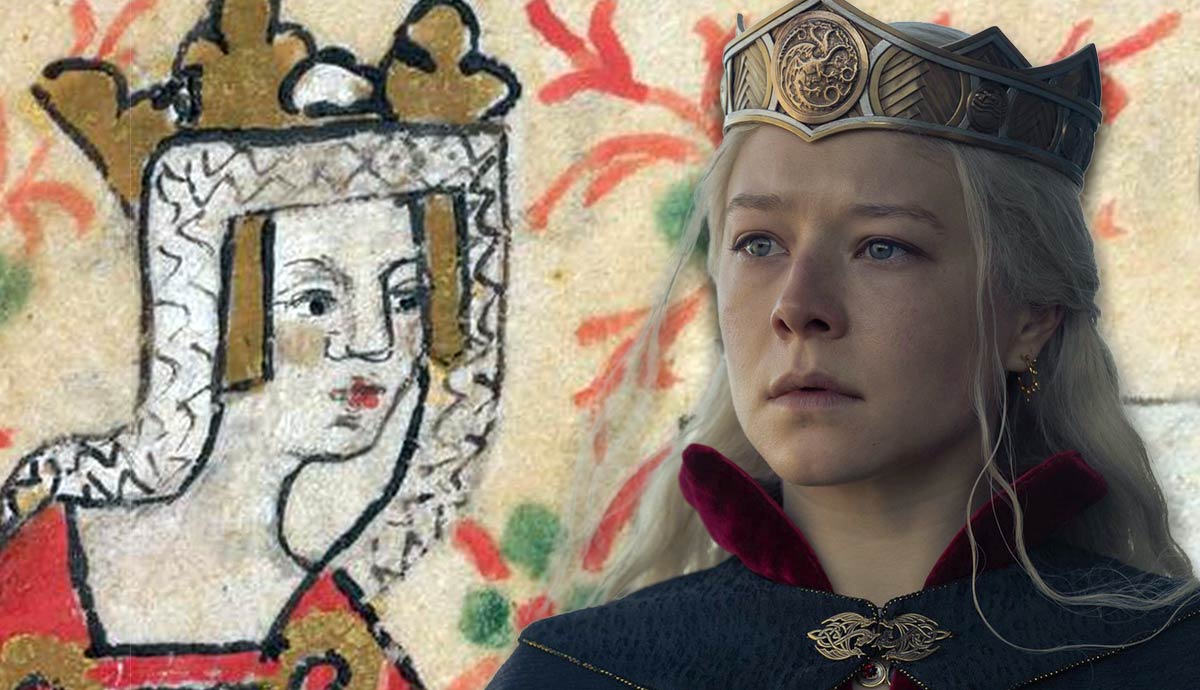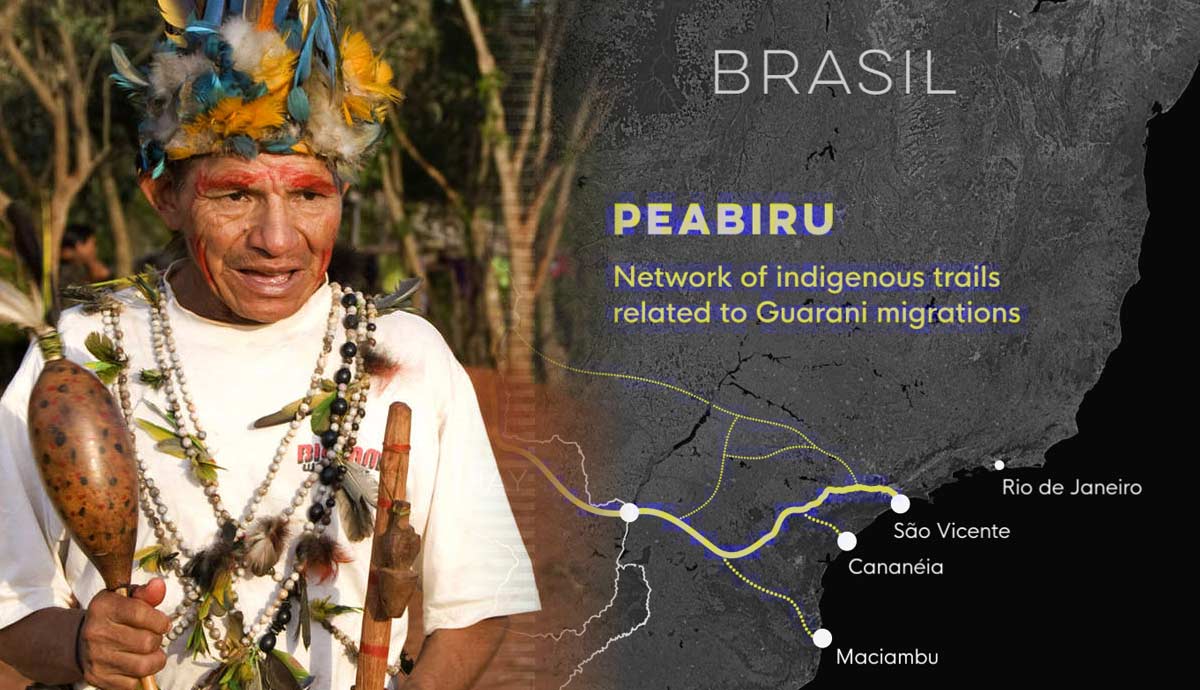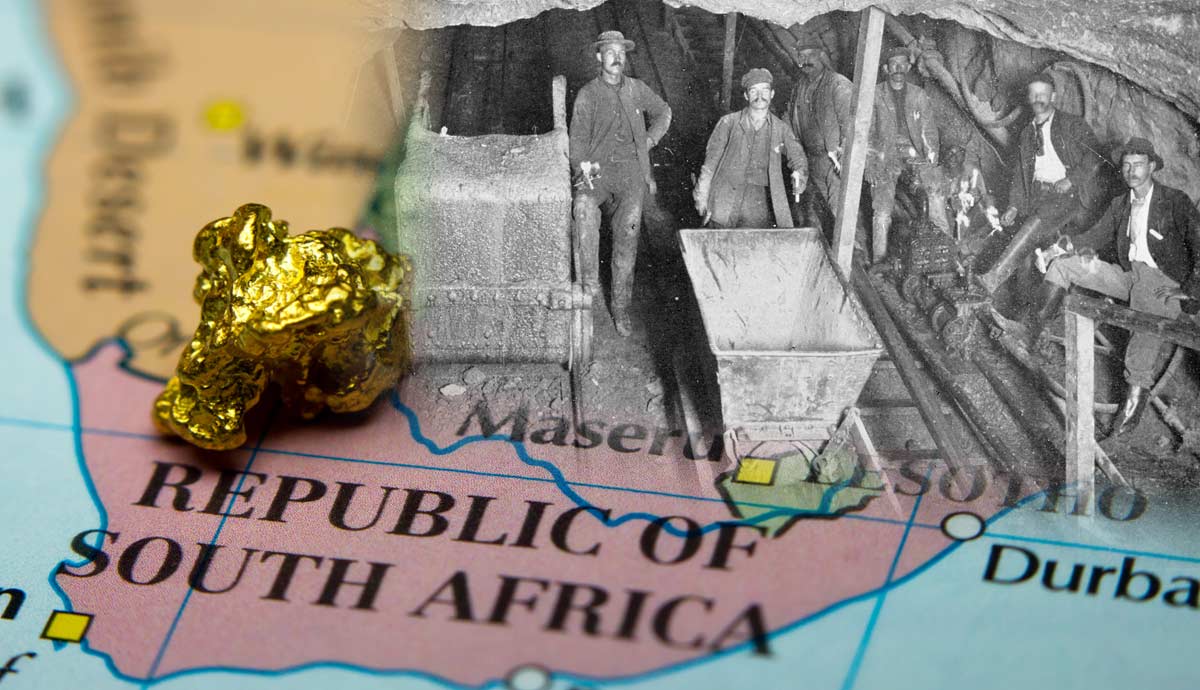
For an entire century, the backbone of the South African economy was its mineral wealth. From before South Africa was even unified as a single nation, diamonds and gold drew prospectors and miners from all over the world.
The development of the mining industry led to the exploitation of other minerals, some of which were found in such abundance, the likes of which had not been encountered before. For mineral wealth, South Africa was the jackpot country.
Mining quickly became a stereotypical association with the country, especially during the apartheid years. However, the reality of South Africa’s mining industry and its history are journeys into deep and complex socio-economic contexts that push the boundaries of human tolerance.
South Africa in the Late 19th Century

Conflict was nothing new to the area that would encompass South Africa. The British and the Dutch had fought each other for control of the Cape, while Boer settlers resented British control, moved northwards, and fought with the Zulus.
Meanwhile, ethnic rivalries between the Zulus and their many enemies were bloody affairs.
In the 1850s, South Africa existed as a mix of British colonies and Boer Republics. The Zulu Kingdom was defeated in 1879 and came under British rule soon after.
Diamonds: The Beginning of an Era

The story of mining in South Africa begins on the banks of the Orange River in the north of what was then the Cape Colony under British control. In December 1866, Erasmus Stephanus Jacobs, a 15-year-old boy, found a diamond on his father’s farm on the south bank of the river.
The chance find drew prospectors to the region who found diamonds in the surrounding areas. The first finds were alluvial, but in 1870, diamonds were found on drier land, and digging began. By the end of 1871, a town of 50,000 people had sprung up. Kimberley was established and would become the center of the world’s diamond industry.
Over the next two decades, the mining operation in Kimberley produced 95% of the world’s diamonds—more diamonds than India had yielded over two millennia!

By 1889, the various small operations were combined into De Beers Consolidated Mines under the control of Cecil John Rhodes. By this time, the racially diverse workforce that had been working side-by-side became increasingly separated in a dynamic that would echo the application of apartheid decades later. By the mid-1880s, the vast majority of the workforce was Black, while white workers became overseers and held administrative positions.
From 1871 to 1914, miners, armed with picks and shovels, created the Big Hole of Kimberley in their quest for diamonds. It was excavated to a depth of 790 feet (240 meters), yielding 6,000 pounds (2,720 kilograms) of diamonds.
Today, the hole is a tourist attraction, and efforts are being made to have it recognized as a UNESCO World Heritage Site.
Seeds of Conflict

Before the discovery of gold, there was already a rift between Afrikaners* and the British in the Cape Colony. There, two-thirds of the population was made up of Afrikaners, while the English-speaking British maintained control over the region’s politics. Afrikaners felt disenfranchised and resented their British overlords.
Meanwhile, the British were already making plans to annex the Boer Republics. In 1877, the South African Republic (also known as the Transvaal or Transvaal Republic) was bankrupt and fighting a war with the Pedi. Unable to resist British pressure, the country was annexed. Four years later, however, resistance turned to armed conflict and after a series of small battles, the yoke of British control was thrown off in 1881 in what became known as the First Anglo-Boer War. The South African Republic regained its independence, but Britain was far from defeated.
The discovery of gold would spur the British to redouble their efforts.
*Author’s note: People descended from the Dutch settlers spoke Afrikaans and are/were referred to as Afrikaners. The term “Boers” was used during this period primarily to denote the Afrikaners who lived in the Boer Republics of the South African Republic and the Orange Free State.
The Discovery of Gold

The first gold discovered in the South African Republic came from the Pardekraal farm near Krugersdorp in 1852. Fearing what would happen if the British found out there was gold in the Transvaal, the matter was kept a secret on the orders of President Andries Pretorius. Another find in 1853 was met with the same demand for secrecy.
In 1884, gold was discovered on the Witwatersrand reef by Jan Gerrit Bantjes, but the finds were too small to attract any significant attention. The major gold discovery came in 1886 when George Harrison discovered the main gold reef on the Witwatersrand. This discovery was impossible to keep secret as it was so huge.
News quickly reached the ears of Cecil John Rhodes, and he moved swiftly to exploit it to the advantage of the British. He formed Consolidated Gold Fields of South Africa and purchased £3,000 worth of gold mined from the field.
Meanwhile, news reached the rest of the world, and the biggest gold rush in history ensued. President Paul Kruger was aware of the danger this development posed for the independence of the South African Republic. He understood that if foreigners began to outnumber the Boers, the British would use this as an excuse to make claims on the South African Republic.

To house the massive influx of gold seekers and those creating businesses to support the new industry, the city of Johannesburg was founded when the mining camp turned into more permanent structures.
Taxes were imposed on the sale of dynamite to foreigners to slow the influx, but this only made the situation worse and drove the foreigners to seek support from the British.
Kruger’s fears proved true, and in 1895/1896, the British tried to foment a coup in the form of the Jameson Raid. The attempt was a failure, but hostilities developed into full-blown war in 1899 when the British declared war on the South African Republic and the Second Anglo-Boer War began.
Initial Boer victories turned to defeat as the might of the British Empire ground the Boers down. Concentration camps housed Boer women and children, and the appalling conditions forced those Boers still resisting to give up their endeavors.
The war ended in 1902, and the British took control of all of South Africa. Exploitation of the enormous amounts of gold resumed in earnest.
Expansion of the Industry

Although the Big Hole mine was closed in 1914, the country continued to produce diamonds as other diamond fields opened up, and mining of the precious stones continued.
The massive reserves of diamonds and gold weren’t the only mineral resources that would shape the South African economy. In the 1920s, the industry expanded into mining platinum and chromium.
In the first few decades of the 20th century, strikes and protests were commonplace. Responses to the protests were often violent. In 1922, an armed strike turned into an uprising called the Rand Revolt, in which 200 people lost their lives. The uprising was caused by the announcement of replacing white workers with cheaper Black labor and was crushed with the help of artillery and aircraft.
In the years following the Second World War, the industry continued to expand as minerals and mining products were put to new uses. Technological advancements aided the demand for South African minerals, such as adding platinum into gasoline to improve its octane rating.
The postwar boom also led to increased employment in the sector, along with powerful unions that demanded better wages for the workers they represented. In 1946, an estimated 60,000 mineworkers downed their tools and went on strike, demanding better wages and conditions. The protests were ended by a heavy-handed approach by the police, in which 12 striking workers were killed.
The Apartheid Years and Beyond

In 1948, the National Party came to power in South Africa and implemented the harsh race laws of the apartheid policy. Despite the racial tensions, mining was increasingly profitable for the country, and the industry continued to expand. In 1950, the South African Coal, Oil, and Gas Corporation (SASOL) was established in order to reduce South Africa’s reliance on the rest of the world.
A recession in the early 1960s gave way to a boom that lasted until the late 1970s. Gold mining hit its peak in the 1980s, employing more than half a million people. In 1987, it was reported that 763,319 people were employed in the mining industry.

With the fall of apartheid in the early 1990s, radical shifts took place within the country that also affected the mining sector. Long associated with extremely dangerous working conditions and poor pay, efforts were made to improve the lives of miners. This included transferring a large proportion of administration and ownership to Black people who had previously been barred from such positions.
Although South Africa’s gold reserves are still the biggest in the world, gold production has been scaled back, and the country is no longer the leading producer of the world’s gold. Today, South Africa produces barely a fifth of what it used to produce during its heyday. Nevertheless, the gold mines in South Africa hold the record for being the deepest in the world. The Mponeng Gold Mine is the deepest at 2.5 miles (4 kilometers).
The Marikana Massacre

In 2012, miners working at the Lonmin platinum mine went on a strike unsanctioned by their union. On August 9, 3,000 workers went on strike and marched to the offices of the National Union of Mineworkers. Demanding support from their union, violence erupted, and two of the miners were shot dead.
The next few days saw a continuation of the violence as authorities failed to calm the situation. Two security guards were murdered by the miners. On August 13, two policemen and two miners were killed in a clash that reflected the breakdown in communication. The miners refused to lay down their weapons.
Three days later, the police and the military deployed 400 fully armed troops ready for combat. Protesters refused to move from their positions, nor did they lay down their weapons. The police opened fire with rubber bullets and then with live ammunition. Thirty-four miners were killed, many by being shot at close range and some by being driven over by armored vehicles.
South Africa’s Mining Sector Today

Although mining in South Africa is chiefly associated with gold, it is no longer the country’s primary focus.
While the mining sector has proven to be an indispensable part of the South African economy, diversification has meant that mining is no longer the primary industry. In 1980, the sector accounted for 21% of the country’s GDP and, by 2023, had reduced to just 7.53% of the total GDP.
Nevertheless, the country still provides huge amounts of minerals to the rest of the world. Today, South Africa produces just under half the world’s chromium, more than two-thirds of the world’s platinum, and around 35% of the world’s manganese.
South Africa is also one of the world’s top producers of coal, uranium, titanium, and vanadium.
All these industries are not without their problems. Chief among them is the animosity between the government and the Association of Mineworkers and Construction Union. In 2014, the union organized a strike of 70,000 platinum workers, and in 2018/2019, another strike involving 20,000 platinum and gold miners took place. Better pay and working conditions are a major issue driving the unions and the employees they represent.
Mining is an extremely important industry for South Africa, and it plays an important part in supplying the entire world with the minerals it needs. For South Africa, it provides profits as well as hundreds of thousands of jobs in a country with an unemployment rate of 32.9% (figure for first quarter
